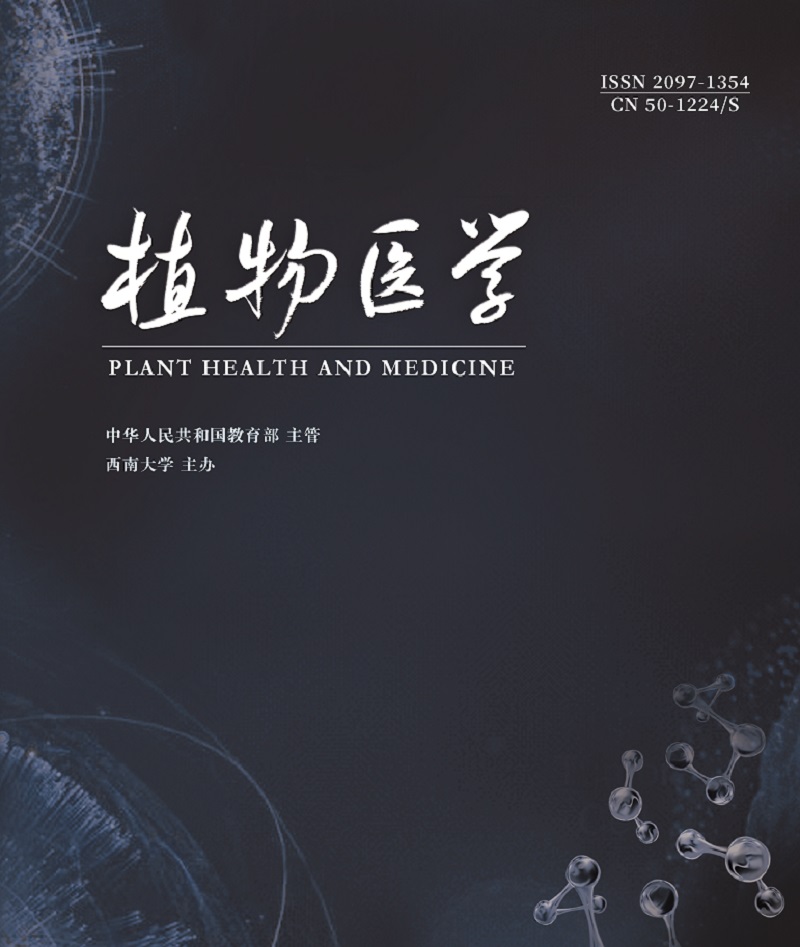Research on Antifungal Activity and Compounding Effect of Three Fungicides on Kiwifruit Soft Rot Pathogens
- Received Date: 18/01/2022
-
Key words:
- albendazole /
- miconazole /
- isothiazolinones /
- soft rot of kiwifruit /
- chemical control
Abstract: In order to study the antifungal activity of albendazole, miconazole and isothiazolinones to kiwifruit soft rot pathogens, mycelial growth inhibition assay was used to determine the inhibition rate of the 3 fungicides to Botryosphaeria dothidea, Lasiodiplodia theobromae and Neofusicoccum parvum. Mixtures of albendazole and miconazole or isothiazolinones against the 3 fungi were further studied. The results showed that all the fungicides had good antifungal activity against B. dothidea, L. theobromae and N. parvum. The EC50 values of albendazole, miconazole and isothiazolinones for B. dothidea were 20.355, 7.665 and 3.759 mg/L, for L. theobromae were 6.551, 25.915 and 0.839 mg/L, and for N. parvum were 15.484, 6.778 and 0.568 mg/L, respectively. Further work showed that mixtures of albendazole and miconazole or isothiazolinones had better control effect on B. dothidea, L. theobromae and N. parvum with mixing ratio of 1∶1, 1∶1 and 1∶2, respectively. The mixture of albendazole and miconazole showed the best antifungal activity to B. dothidea, L. theobromae and N. parvum, when mixing ratio was 2∶1, 1∶2 and 1∶1, respectively. The above results provide a theoretical basis for the chemical control of kiwifruit soft rot and lay a foundation for the application of albendazole, miconazole and isothiazolinones in production.





 DownLoad:
DownLoad: